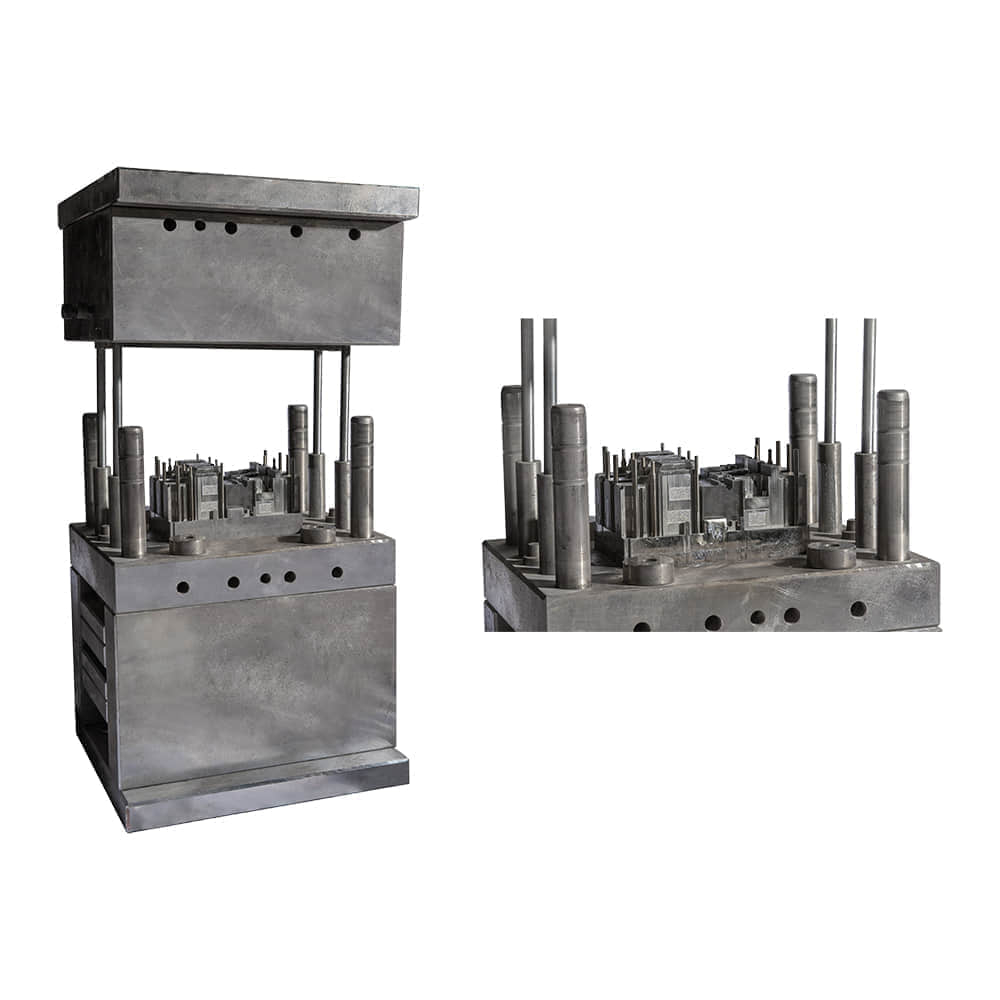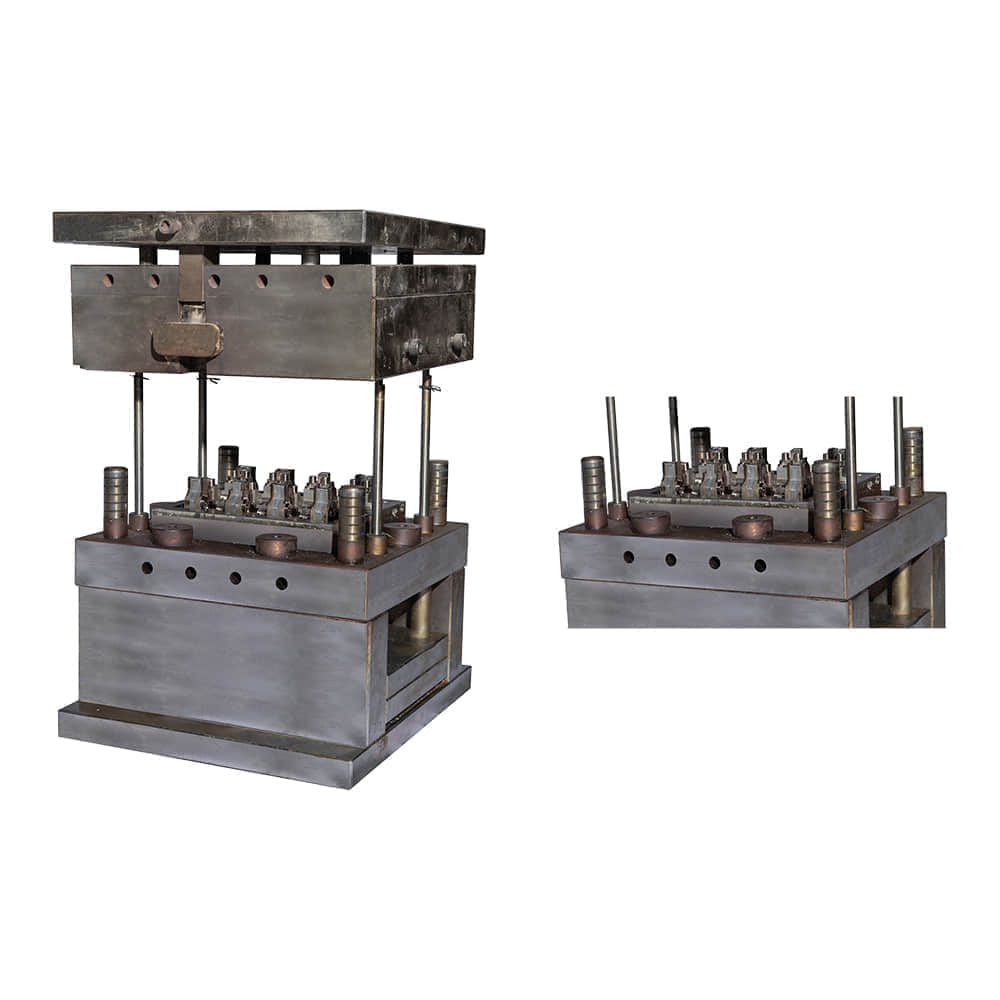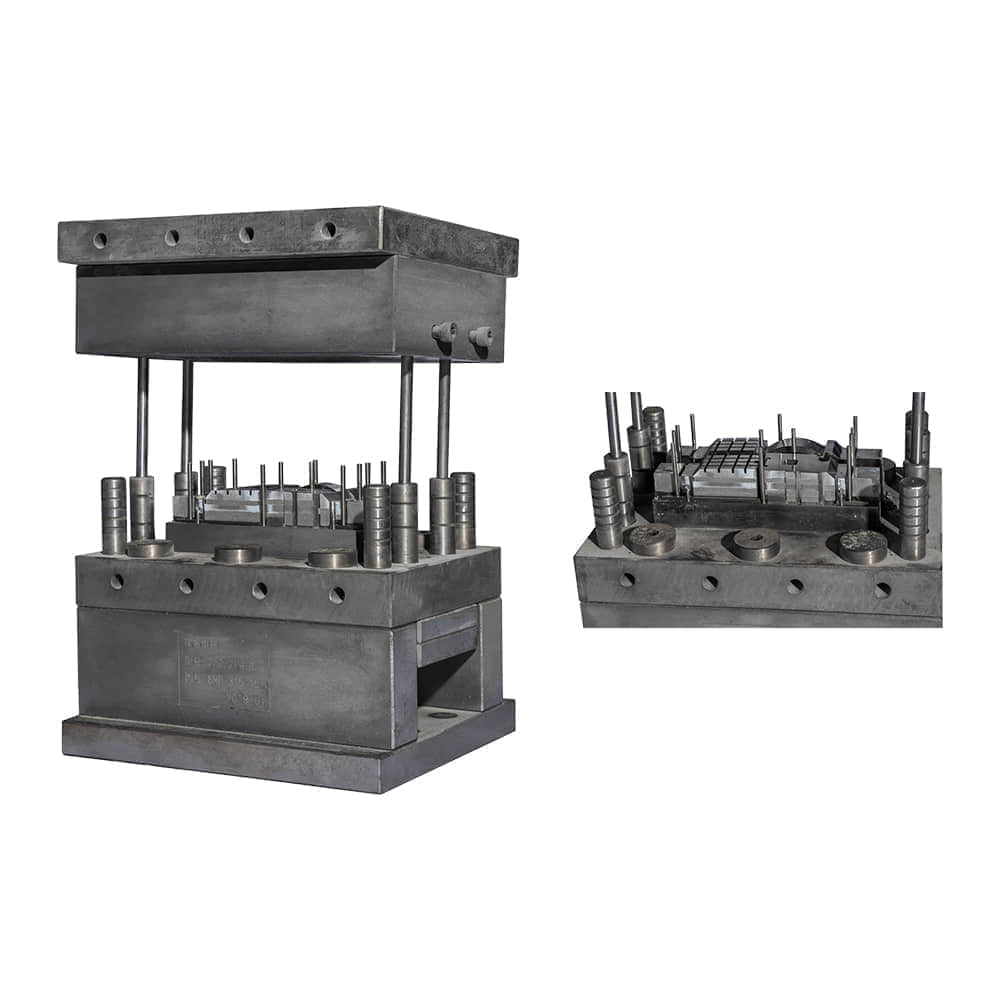SMC Molding: Revolutionizing Composite Manufacturing

Introduction

Sheet Molding Compound (SMC) molding is a versatile and widely used manufacturing process in the composite industry. It has undergone significant advancements over the years, making it a key player in producing lightweight, durable, and cost-effective components for various industries. In this article, we will delve into the world of SMC molding, exploring its evolution, applications, and the latest innovations that continue to shape its future. The Evolution of SMC Molding SMC molding, initially developed in the 1960s, has come a long way since its inception. It involves combining a thermosetting resin with glass or carbon fibers, fillers, and additives to create a unique composite material. The mixture is then compressed and cured in a mold under heat and pressure. This process results in a highly customizable material that can meet specific performance requirements. Applications of SMC Molding Automotive Industry: SMC molded components have become integral to the automotive industry due to their lightweight nature and exceptional strength-to-weight ratio. Bumper beams, hoods, and door panels are just a few examples of SMC components used in modern vehicles. These components not only reduce fuel consumption but also enhance safety. Electrical Industry: SMC molded parts are highly resistant to electrical and thermal conductivity, making them ideal for electrical enclosures, insulators, and switchgear components. The material’s insulating properties provide protection against electrical shocks and fires. Construction: SMC panels are employed in the construction of buildings and infrastructure. They offer superior durability and resistance to corrosion, making them suitable for applications such as wall panels, roofing, and utility enclosures. Renewable Energy: The renewable energy sector benefits from SMC molded components in wind turbine blades and solar panel support structures. SMC’s lightweight and durable properties make it ideal for these critical applications. Aerospace: The aerospace industry utilizes SMC molding for interior components, aircraft seats, and structural elements. SMC’s ability to meet stringent safety and performance standards makes it indispensable in this sector. Advancements in SMC Molding Improved Material Formulations: Advances in resin chemistry and fiber reinforcement have led to SMC materials with enhanced mechanical properties, including increased strength, stiffness, and impact resistance. Automation and Robotics: Automation has streamlined the SMC molding process, reducing labor costs and increasing production efficiency. Robots now handle tasks such as material placement and demolding, ensuring precision and consistency. Sustainable SMC: Manufacturers are increasingly focusing on sustainable SMC formulations by incorporating recycled materials and bio-based resins, reducing the environmental impact of SMC molding. Simulation and Design Tools: Advanced simulation software allows engineers to predict and optimize SMC part performance, reducing the need for physical prototypes and speeding up product development. Tailored Surface Finishes: SMC parts can now be produced with various surface finishes, such as Class A paint-ready surfaces, reducing post-processing requirements and costs. Conclusion SMC molding has evolved into a vital technology that continues to revolutionize various industries. Its ability to produce lightweight, durable, and cost-effective components has solidified its place in automotive, electrical, construction, renewable energy, and aerospace applications. With ongoing innovations in material formulations, automation, sustainability, and design tools, SMC molding is poised for an even more prominent role in the composite manufacturing landscape. As industries demand higher performance and sustainability, SMC molding will undoubtedly play a pivotal role in meeting these challenges head-on.
